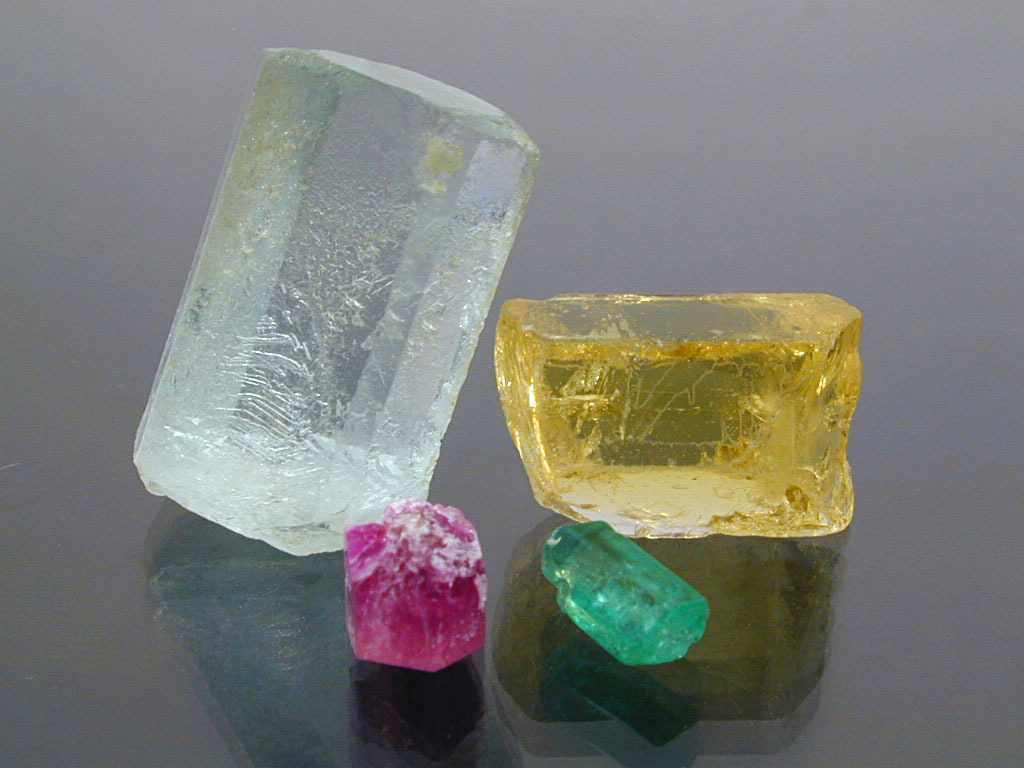Round
Semi Round
Button
Oval
Drop
Baroque
and Circled.
Granted we all see some of the many different shapes out there like Keishi (which is actually a mistake currently cultivated somewhat on purpose) and Coin. However, no matter what everyone says the most coveted pearl is the perfectly round salt water pearl.
In artwork we see other shapes show an importance, such as Vermeer's "Girl With a Pearl Earring"...showing a lovely luminous drop pearl accentuated because of the simplicity of the rest of the girl's dress.
Due to its appearance in artwork, music and literature, we can deduce that of course pearls are naturally coveted. Although through time we see that the types of pearls that are most prized and valued are ever changing and dynamic. For example there was certainly an upsurge in the coveting of naturally occurring yellow pearls after Venezuelan President Romulo Betancourt gave a double strand of natural yellow pearls to Jacqueline Kennedy when she and her husband, President John F. Kennedy paid an official visit to Venezuela. By the Way Natural Yellow Pearls come from the islands of Cubagua and Margarita off the Venezuelan cost. Margarita pearls are very prized and difficult to find.
Tahitian Pearls occur quite rarely, as often the black oyster that can produce them actually ends up producing white pearls most of the time. Also, white oysters can produce them, however, again this is rare. It is a rare thing because they are grown naturally and cultivated in Polynesia, however the oysters that produce them do not survive long--which of course would drive up both desire and price for true Tahitian Pearls.
Most "Tahitian" Pearls one finds on the market these days are in fact grown white pearls dyed peacock colors to resemble Tahitian pearls. The interesting thing about Tahitian pearls is that they really are not black, but in fact range in color from indigo blue, to deep green, browns and dark grays. Just as finding matched white pearls is difficult, finding matched Tahitian pearls is probably somewhere near 10 times more difficult.
Akoya refers to the type of Oyster a pearl is cultivated inside by man made means. They can also be called Mikimoto after the man who expanded the use of the Akoya oysters in his son-in-laws patented way of manufacturing pearls. Mikimoto and Akoya pearls are not interchangeable names per se--but almost all Mikimoto pearls are grown in Akoya shells. Other manufacturers also use Akoya oysters to grow their bounty--and they usually call themselves Akoya Pearl Manufacturers or Cultivated Salt Water Pearls.

(The picture on the left are Akoya Pearls, the right are Mikimoto pearls)
Mikimoto and Akoya pearls can also be produced to resemble the Black Tahitian Pearl. It is important to ask where and how the pearl was made when speaking with a jeweler.
And for a little fun:
Why is the rum gone? "The curse of the Black Pearl"








 copyright (c) 2002, Daniel J. Stair, Jr (http://www.customgemstones.com/IMAGES/GEMSTONES/Gemstones.htm)
copyright (c) 2002, Daniel J. Stair, Jr (http://www.customgemstones.com/IMAGES/GEMSTONES/Gemstones.htm)